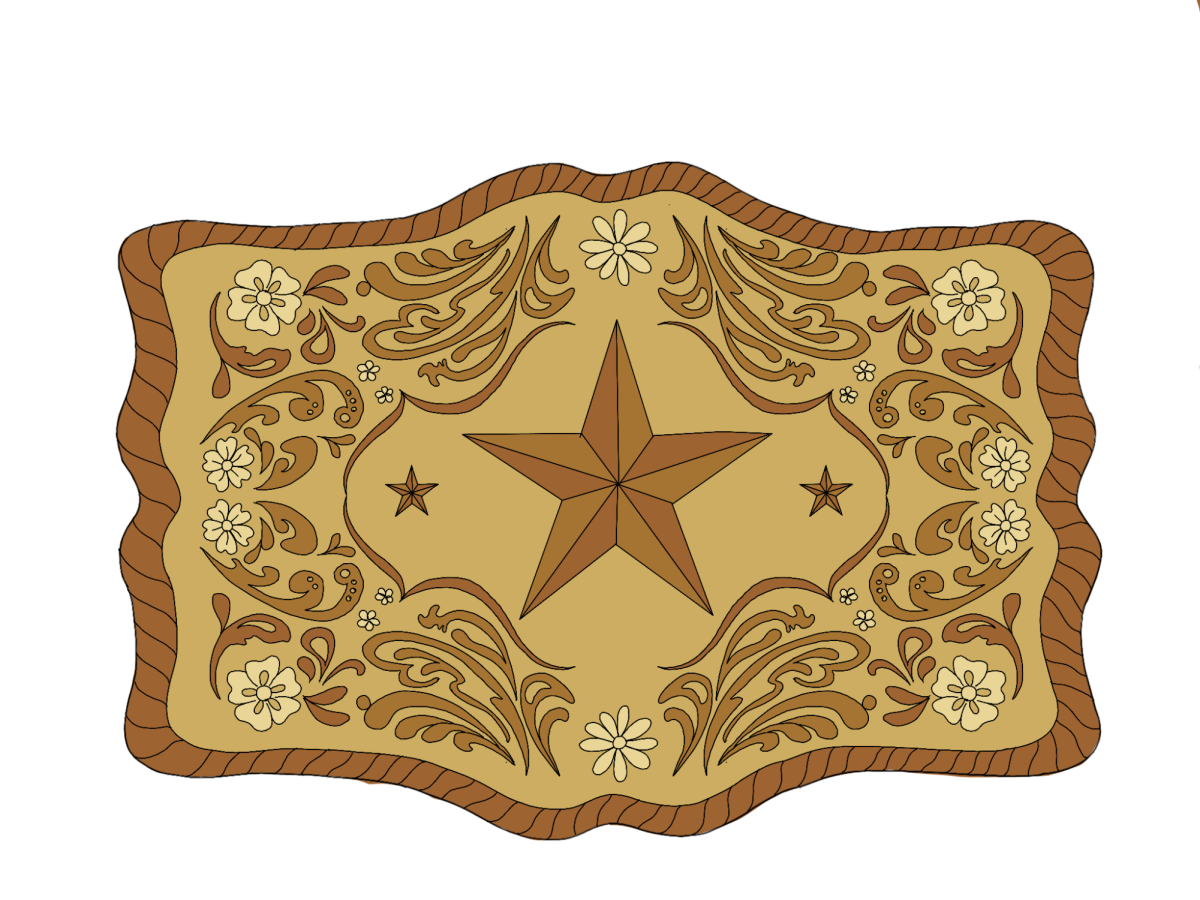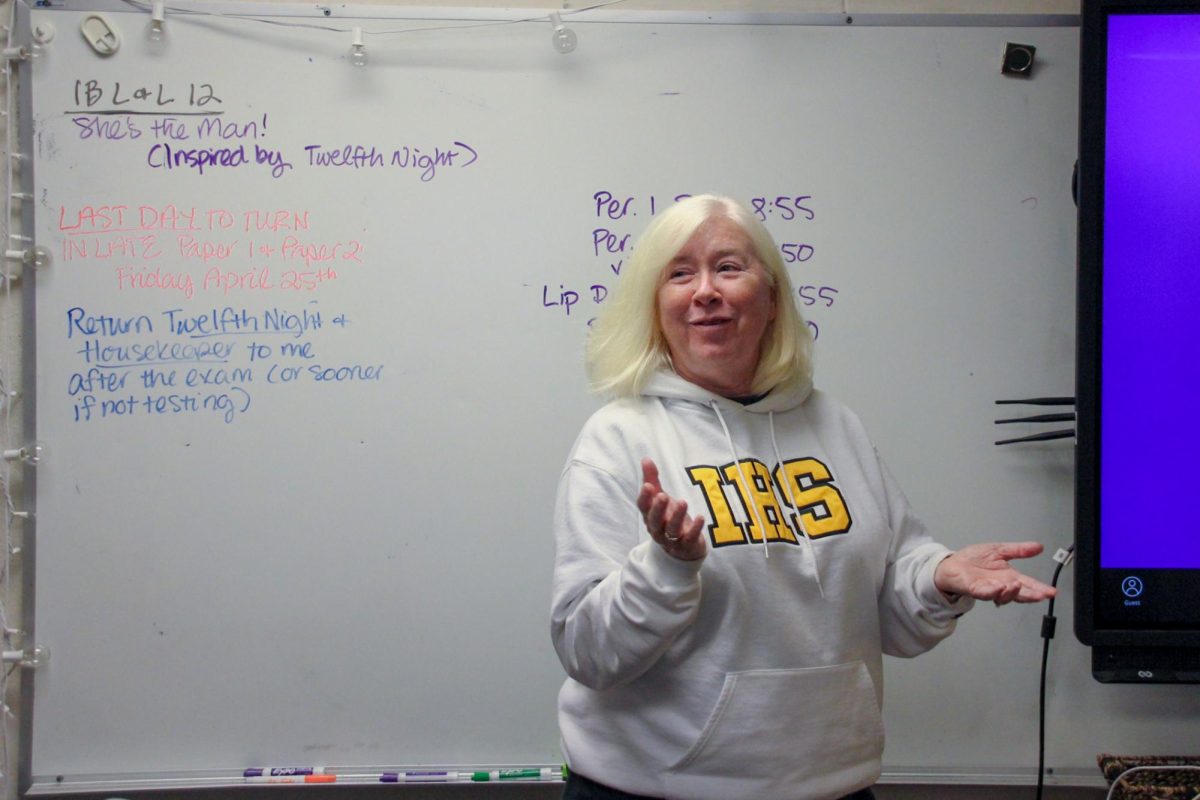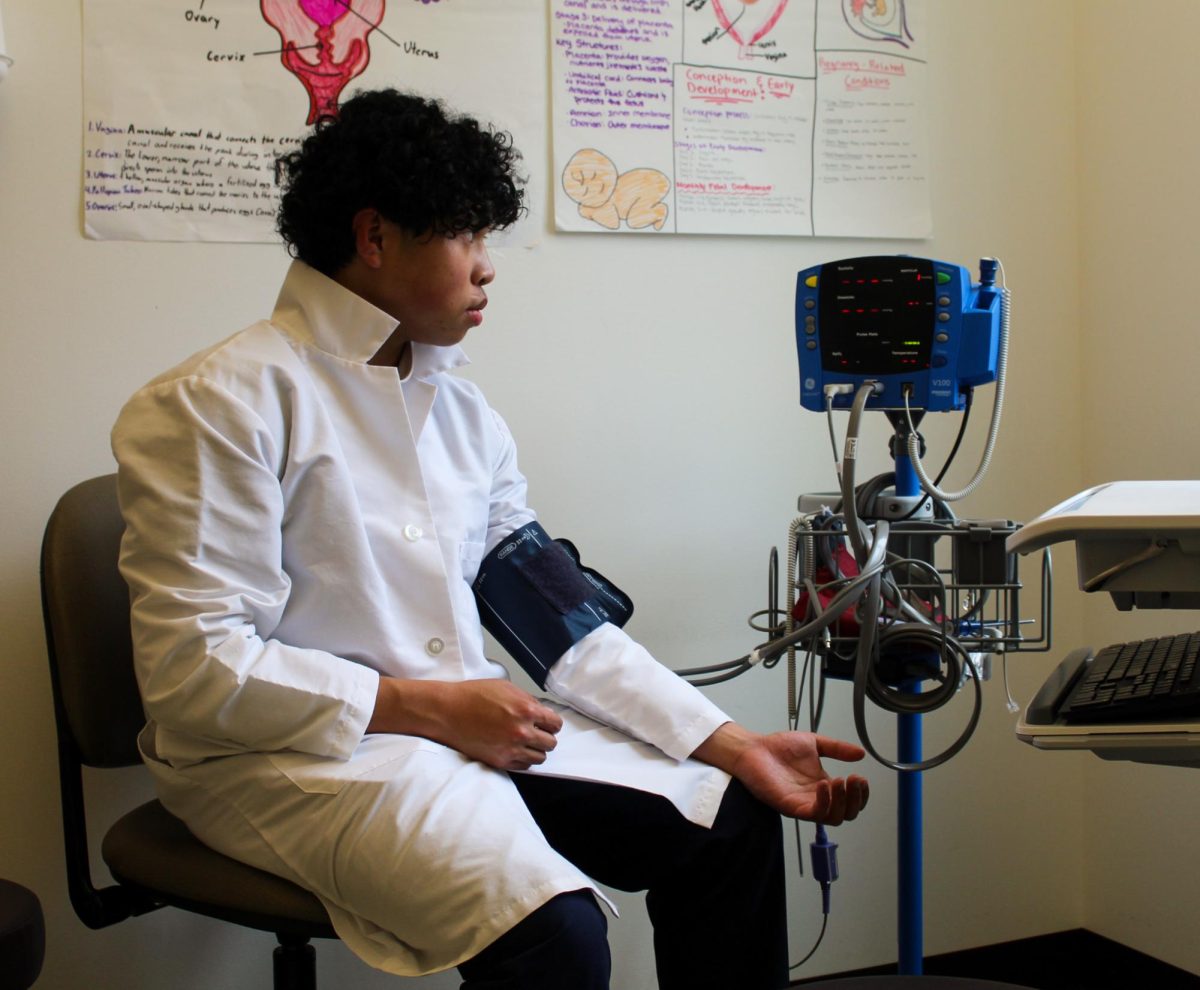Gender disparities, which refers to reasons or factors which contribute to a gender gap in a given situation, have long been an issue in school clubs. Polls have consistently shown that girls and nonbinary students are often underrepresented in extracurricular activities such as leadership and debate. However, Inglemoor’s club demographics follow a different pattern. While the school has more students who identify as men — 791 men compared to 734 women — many traditionally men-dominated clubs consist predominantly of women, and club leadership is no different.
Women-dominated clubs
As has been the case these past three years, all five officers of this year’s Associated Student Body executive team are women, and only two out of the 25 class officers are men. Even within the leadership classes taught by Elisabeth Kowalski (she/her), 76 students are women while 36 are men.
“I think it’s because it’s more of a project-based class,” said Kowalski. “So there’s some of those stereotypes there, that it’s a poster class. So sometimes when you talk to more males, they’re like, ‘Oh, I’m not good. My handwriting doesn’t look good.’ So breaking that down and getting into, ‘No, you could do all of these other activities,’ is how we’ve continued to encourage males, but it just takes time.”
ASB president Pinyu Liao (she/her) believes that having a wide range of perspectives on a team is highly beneficial and should be a goal for ASB. She emphasizes the importance of having a diverse group, not only in terms of gender.
However, women-dominated leadership groups aren’t something unique to ASB. Some of the biggest academic clubs like Distributive Education Clubs of America and Model United Nations have similar gender disparities. According to National Honor Society president Caitlyn Richter (she/her), out of the 215 members inducted into the club last year, 131 were girls and 84 were boys. Meanwhile, Nordic News has six boys out of 31 members, Scandia has four boys out of 32 members and Key Club only has five boys out of 56 members.
Second-year Scandia staff member Andrew Shi (he/him) expected there to be more women than men when he joined. However, he doesn’t believe it’s had a significant impact on his Scandia experience.
“It’s neutral,” said Shi. “I was expecting it to be mainly women predominant just because I’ve seen the class before. Not that big of a surprise.”
Shi added that three of the four Scandia members who are men this year are new.
Senior Steven Escobar (he/him), as one of the two male leaders in MUN, holds positions as its secretary and social media manager. He initially joined as a freshman out of personal interest. However, Escobar acknowledges that having friends in the club also played a role in his decision to join. He further adds that the unequal gender distribution in the club could be attributed to the societal stereotype that boys are more likely to engage in sports, rather than activities such as MUN.
“I think that stereotypically, men do extracurriculars in the form of sports, rather than clubs, and so, I think a lot of people just do sports, and they don’t see a club as important to their high school career,” said Escobar.
According to Scandia co-editor-in-chief Ava Jones (she/her), Scandia tries to advertise to everyone, but the gender disparity stems from the group of students who choose to apply. Nonetheless, to an extent, Jones finds these statistics refreshing.
“I think it’s encouraging to see as many girls on staff that we have, because journalism is typically male-dominated,” said Jones.
Men-dominated Clubs
Although many clubs are women-dominated, STEM-related activities on campus typically have more men, a dichotomy similar to the STEM industry. While TSA has 23 women out of 38 members this year, senior co-president Ishita Jain (she/her) said she’s noticed more men in technical events like coding and engineering.
“When you realize you’re the only girl in the room, it can definitely push you out,” said Jain. “It’s just awkward, even if nobody’s saying something to you directly. And then by the time we get to high school, when there are a few more people, you don’t have the skill set already, or the confidence to do things such as coding events.”
In the two IB Computer Science classes, there are three women out of 26 students in one class.and eight women out of 28 students in the other. Likewise, Coding and Computing Club currently has five male officers out of six, and 20 men out of 22 members. However, sophomore Wendy Barben (any pronouns), who has been in coding club for the past year, said the gender disparity hasn’t impacted their experience. They said they don’t feel excluded in any way.
Senior Isabel Amaya (they/she), the public relations officer for coding club and the vice president of Girls Who Code, said the gender disparity is definitely apparent in coding club.
“Personally, I haven’t really received any difference in treatment,” said Amaya. “I would say that although no one treats me differently, I just know that in this setting, I’m different. And it’s a little awkward within myself because it’s like I want to get along, but I really don’t know how to get along, because I’m not like everybody else.”
Amaya believes that exposure is essential to bridging the gender gap in tech. This involves exposing individuals to various subsectors of the industry, introducing them to coding early, providing more accessible stages of coding and providing access to role models who share their gender identity. She believes that when people can relate to someone, they are more comfortable and confident in their setting.
“At the end of the day, if you want to pursue a career — it doesn’t have to be tech, it doesn’t have to be STEM — you need to see yourself in this position,” said Amaya.
Amaya thinks a lot of women are scared to enter STEM environments because they know they’ll be a minority.
“You actively have to willingly put yourself in a position where you feel underrepresented, almost — to a degree —under-appreciated, even though it might not be the club’s fault,” said Amaya. “It’s just the stigma of that type of industry is just there, you can’t really get rid of it, no matter if it’s in high school or in a company setting.”












